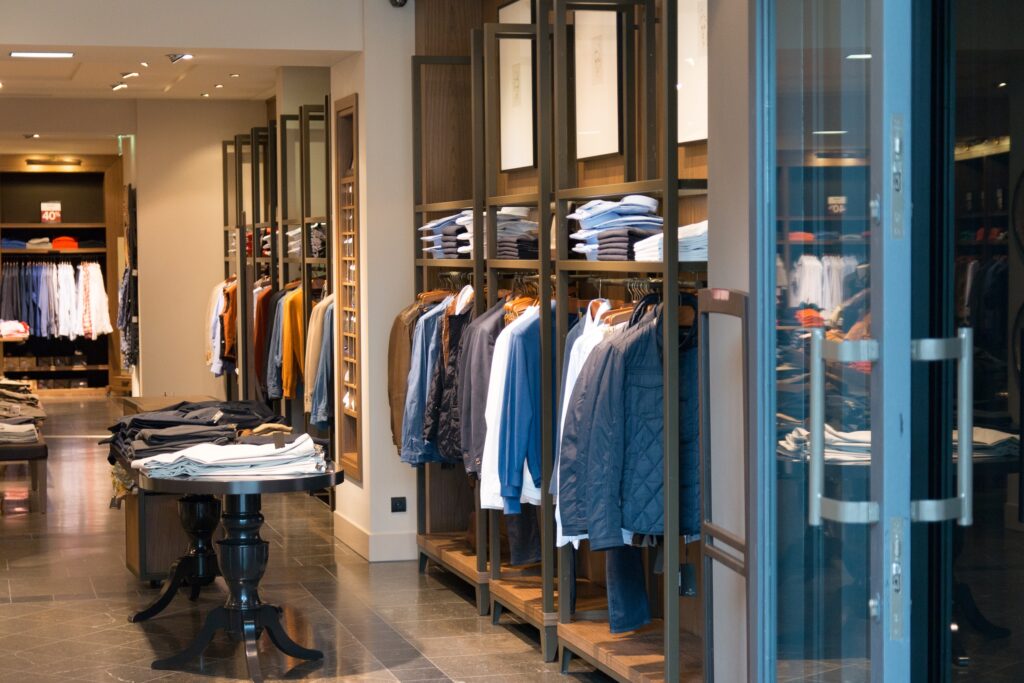One of the biggest heroes of modern customer experience likely isn’t someone you’ve heard of before, but the rags to riches tale of Harry Selfridge is as educational as it is fascinating. Harry’s approach to customer experience pushed the envelope of the day but created many of our modern practices and can teach today’s companies how to reach out to customers and impress them with new ideas.
 Harry Selfridge would go on to found Selfridges department store in London, but he started as a young boy whose father went to fight in the Civil War and then abandoned the family. Harry was left to help care for the family and was aided by his knack toward entrepreneurship. He became a newsboy at age 10 and later took a low level job at Marshall Fields department store in Chicago, which popularized the saying “the customer is always right”. After working his way to become a partner in the company, he sold his share and enjoyed the profits.
Harry Selfridge would go on to found Selfridges department store in London, but he started as a young boy whose father went to fight in the Civil War and then abandoned the family. Harry was left to help care for the family and was aided by his knack toward entrepreneurship. He became a newsboy at age 10 and later took a low level job at Marshall Fields department store in Chicago, which popularized the saying “the customer is always right”. After working his way to become a partner in the company, he sold his share and enjoyed the profits.
It was while Harry was on vacation in London with his wife in 1909 that he noticed there weren’t any department stores in the area, so he created Selfridges. What would grow into a powerhouse store set the stage for much of what we do for modern customer experience. Harry pushed the envelope to transform the relationship with customers and had great results. Harry was among the first business owners to realize that people want to be wowed and see amazing things, so he brought in the first cross-channel airplane to the store to attract an audience. Harry was the first person to spend $2 million in advertising for the store’s grand opening.
Customers were used to only shopping for just what they needed and were often kicked out of stores for not buying anything, but Harry made his store a destination where people could stay all day and enjoy restaurants, hairdressers, galleries, musicians, and more. Selfridge’s wasn’t just a place you went to run in and grab an item—it was an experience with huge vistas, fresh flowers, and natural light. Items weren’t hidden behind counters, but were accessible and could be touched by customers. Harry definitely followed his advice to “Excite the mind, and the hand will reach for the pocket.” Harry wanted everyone to come to his store, regardless of class, and he believed everyone could shop under the same roof. He was the first businessman to offer bi-annual sales and create a bargain basement for sale items.
Some of Harry’s greatest successes involved reaching out to women. Prior to Selfridges, women often didn’t go out in public because there weren’t public restrooms for females. Harry changed that by adding bathrooms and was the first to popularize shopping for women as a leisurely activity that they could enjoy with their friends. Harry also adjusted the layout of the store and the inventory to match what women wanted. He moved the makeup and perfume counters to the front and center of the store and ended up popularizing wearing makeup throughout London by making it accessible and enjoyable to shop for and wear the products. The standard practice before Selfridge’s was for women to merely order a dress in the store and pick it up later, but Harry made it easier for customers to get what they wanted right away and was even among the first to sell short dresses to women, which became very popular during the 1920s. Women were important to Harry, and he was very supportive of the suffrage movement to help them get the right to vote. As a result of his support, rioting suffragettes didn’t break his store windows when they took to the streets.
Harry also had a unique approach to publicizing his store and was the first store owner to use celebrities to help advertise. He would tap into his network of famous friends to gain attention for the store and then invite them to sign the window in his top-floor office to remember the experience. He also was a leader in how he treated employees by giving them wages and allowing them to work in pleasant conditions, which added to the culture of customer service throughout the store.
Unfortunately, Harry’s story doesn’t have a happy ending. He gambled too much and ended up losing $4 million in one night, which he then charged back to the store, which got him fired. Harry died with just $6,000 to his name and a desire to go back to the store he founded.
Although his roller coaster journey didn’t end on the happiest note, Harry Selfridge can still teach us many important principles about customer experience. He knew the importance of creating entertaining experiences to engage customers. The business risks he took generally paid off as he was able to wow customers and connect with them on a new level. Instead of viewing shopping as merely a transactional experience, he turned it into something amazing that changed how we view the department store. Paying attention to Harry’s stories and lessons can help guide modern customer experience practitioners to great success.
For more from customer experience futurist, keynote speaker, and author of More Is More Blake Morgan sign up for her newsletter here.

